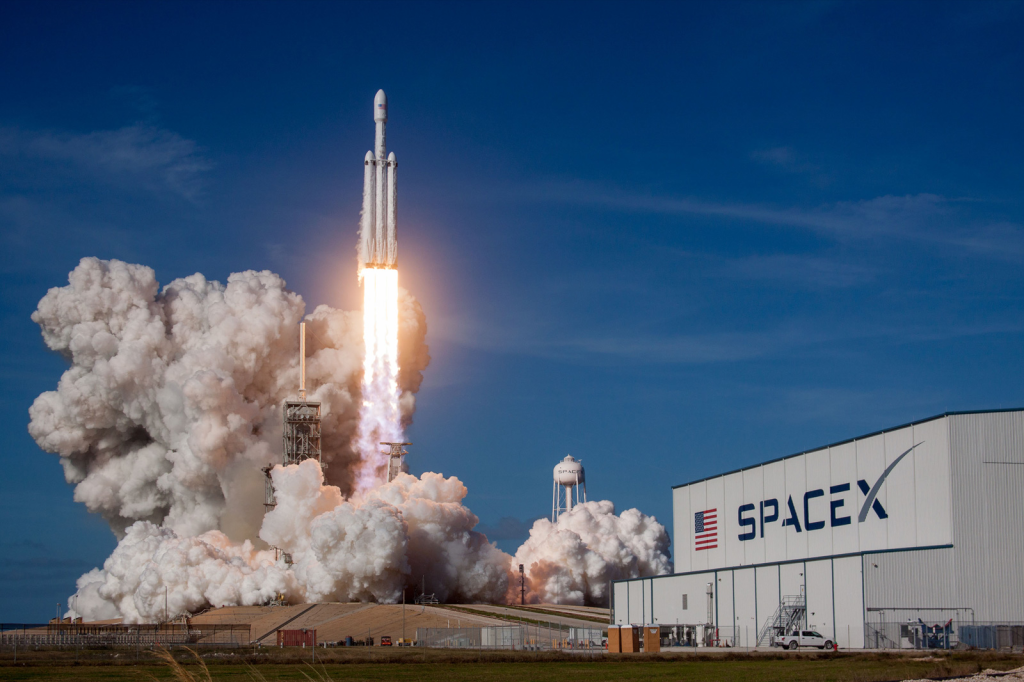When NASA first awarded contracts to provide transportation for its Commercial Crew Program to SpaceX and Boeing (BA) in 2014, the latter was considered the safe entity. A legacy aerospace company, Boeing had, in many ways, built the foundation for the US space program over the course of decades.
However, on Thursday, Elon Musk’s firm will be tasked with completing a mission Boeing’s Starliner spacecraft could not. NASA and SpaceX plan to return NASA astronauts Suni Williams and Butch Wilmore from the International Space Station back to Earth on board the Crew Dragon spacecraft eight months after the initial return date.
The role reversal highlights SpaceX’s growing lead over Boeing in a commercial space industry increasingly driven by newcomers bringing a tech startup-like mentality to space exploration. Twelve years after the US retired The Space Shuttle program, SpaceX is on track to launch its 15th crewed mission, while Boeing has failed to complete one.
“We want to further understand the root causes and understand the design improvements so that the Boeing Starliner will serve as an important assured crew access to the ISS,” NASA Administrator Bill Nelson said last month, in announcing the agency’s decision to forego the astronauts’ return on board the Boeing spacecraft.
Publicly, Nelson has maintained his confidence in the company, saying he has “100%” faith in the return of the Starliner, given NASA’s “extensive cooperative working relationship” with Boeing.
That has done little to quiet speculation around the future of Boeing’s space program at a time when the company faces a multitude of challenges in its core commercial plane business, stemming from fatal crashes that have only amplified fears that the firm has strayed from its strong engineering foundation.
“You have a balance sheet that’s been weakened,” Bank of America aerospace research analyst Ron Epstein said in a recent interview with highlighting the need for a culture change. “You have customers that aren’t happy. They’re being investigated by multiple government entities. It’s a heavy lift.”



